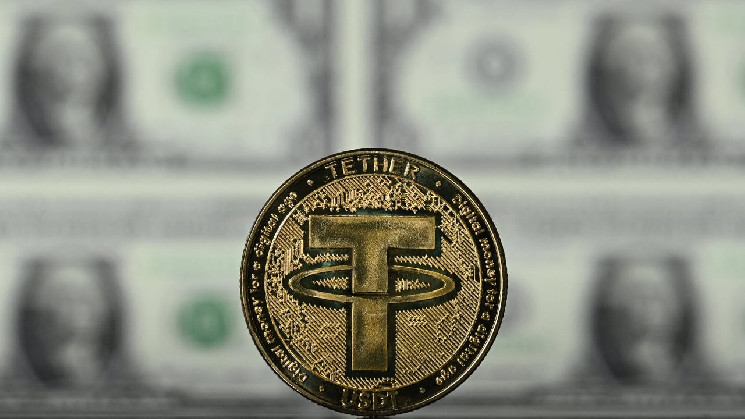Statistics reveal that since the onset of February 2024, the stablecoin sector has experienced a significant expansion, with an increase of $1.7 billion in its economy. In the last 30 days, both usd coin and first digital usd witnessed their supplies jump by 9.6% and 40.3%, respectively.
The Dual-Edged Sword of Stablecoin Growth
As the overall value of the cryptocurrency market has grown, so too has the stablecoin niche, with a $1.7 billion boost observed since Jan. 30, 2024. Initially pegged at $136.56 billion, the stablecoin market’s worth has climbed to $138.26 billion.
Currently, tether (USDT), the frontrunner in the stablecoin arena by market cap, boasts a valuation of $96.52 billion. In the recent 30-day span, USDT’s supply has increased by 1.7%. USDC, ranking second in terms of stablecoin market capitalization, has seen its supply escalate by 9.6% over the past month.
As of Wednesday, Feb. 14, USDC’s market value stands at approximately $27.9 billion. Meanwhile, DAI experienced a 7.2% decrease in supply during the same period, dropping to a market cap of $4.84 billion.
FDUSD’s market cap growth over the past 30 days according to coingecko.com.
This month, first digital usd (FDUSD) experienced a significant rise of 40.3%. As of Wednesday, FDUSD’s market capitalization reached $2.83 billion. Conversely, trueusd (TUSD) encountered a 37.5% drop in supply, reducing its market cap to $1.27 billion today.
Tron’s USDD enjoyed a modest 2.9% increase, whereas frax dollar (FRAX) experienced a slight decrease of 0.2%. Additionally, Paypal‘s PYUSD witnessed a 2.8% growth in the same period. Lastly, the Paxos’ issued stablecoin pax dollar (USDP) saw a 31.1% decline.
The expansion of the stablecoin market brings a mix of advantages and challenges to the broader cryptocurrency landscape. On the upside, an enlarged stablecoin sector injects much-needed liquidity into the crypto marketplace, enhancing its overall fluidity.
Yet, the drawbacks of a burgeoning stablecoin market include heightened regulatory oversight, increased systemic vulnerabilities stemming from stablecoins that are collateralized within the crypto ecosystem, worries over centralization, and a dependence on conventional financial frameworks.
What do you think about the stablecoin economy’s growth over the past two weeks? Share your thoughts and opinions about this subject in the comments section below.

